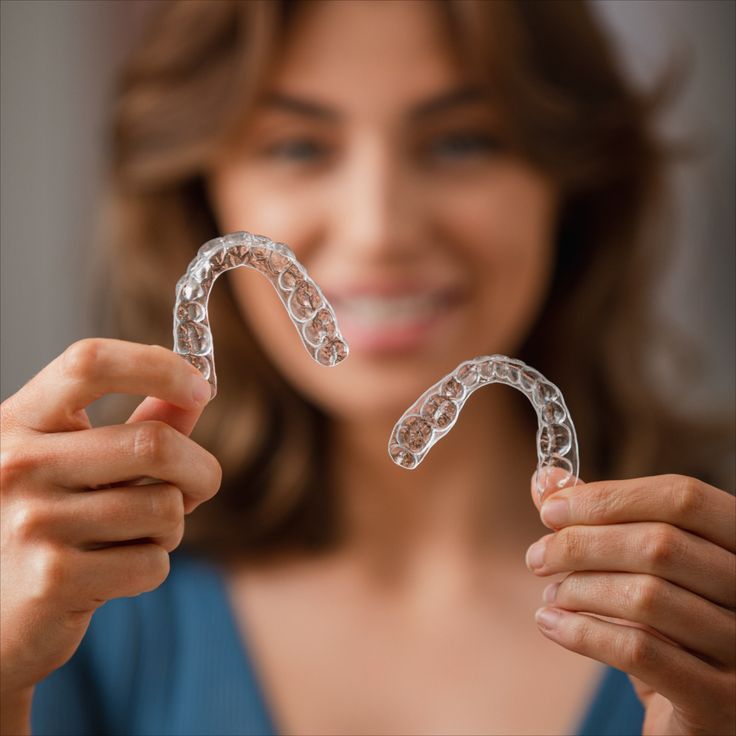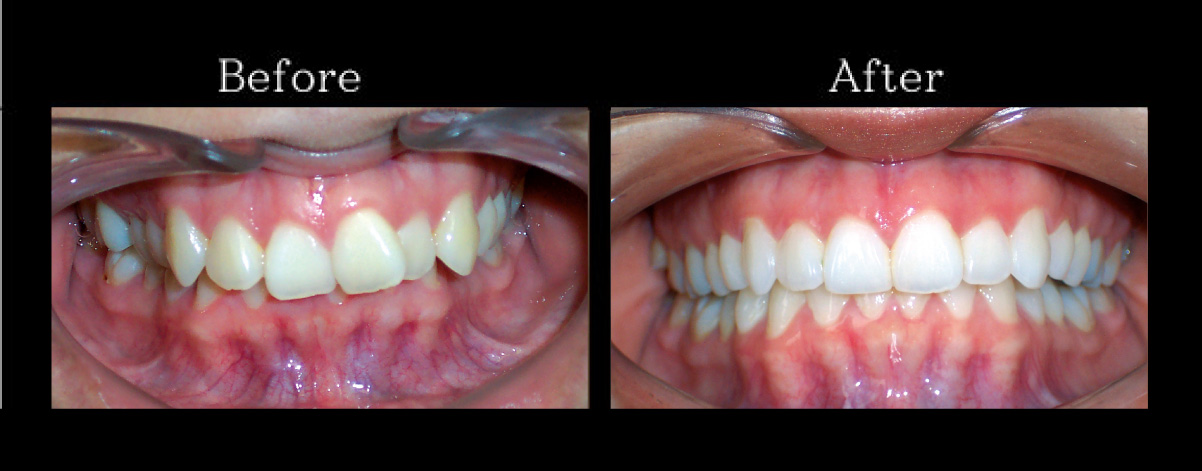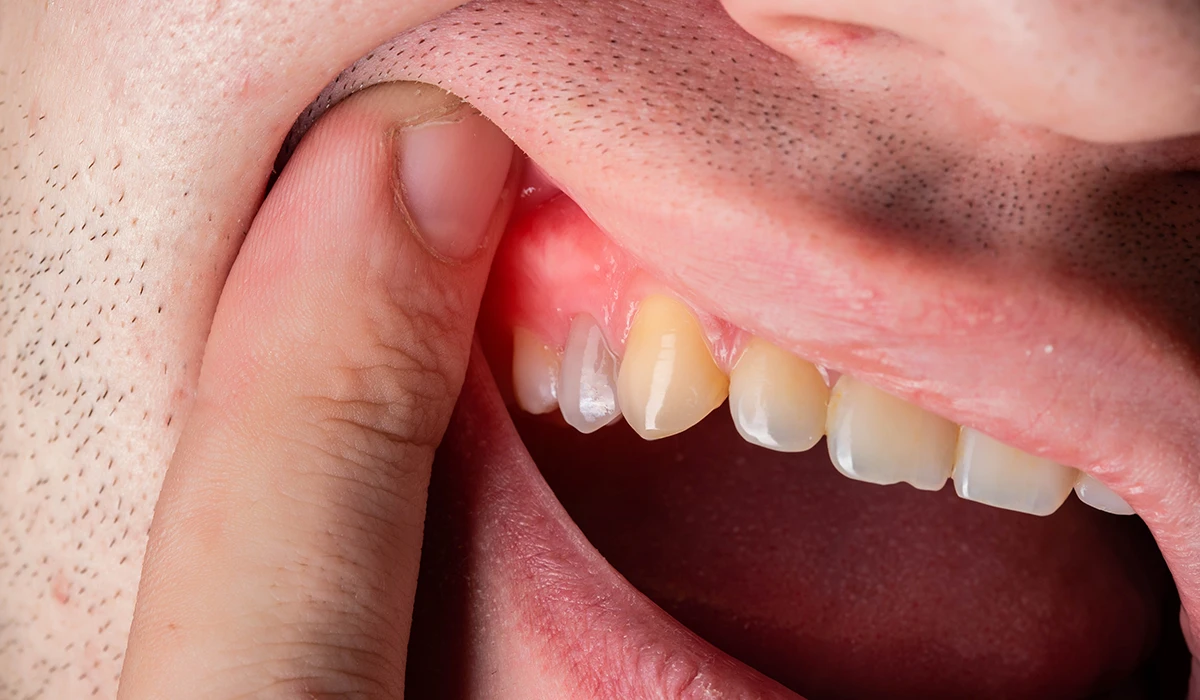Braces Or Clear Aligners

The age-old debate in orthodontic treatment: traditional braces versus clear aligners. Both options have their own set of advantages and disadvantages, and the choice between them often depends on individual preferences, lifestyle, and the severity of the dental issues being addressed. In this comprehensive analysis, we will delve into the details of each option, exploring their features, benefits, and drawbacks to help you make an informed decision.
Understanding Traditional Braces
Traditional braces have been a staple in orthodontic treatment for decades. They consist of metal brackets that are attached to the teeth and connected by wires. These wires are adjusted periodically to apply pressure that gradually moves the teeth into the desired position. Traditional braces are highly effective for complex cases, including severe crowding, spacing issues, and bite problems. They are also generally more affordable than clear aligners, especially for comprehensive treatments.
One of the significant advantages of traditional braces is their ability to correct a wide range of orthodontic issues. They are particularly effective for cases that require significant tooth movement or when the treatment involves moving molars. Additionally, because they are fixed in place, they work continuously, which can lead to faster treatment times in some cases.
However, traditional braces also have their downsides. They can be quite noticeable, especially the metal wires and brackets, which may affect the patient’s self-esteem, especially during social interactions or when smiling for photos. Moreover, traditional braces can cause some discomfort, particularly after adjustments, and they require meticulous oral hygiene to prevent staining around the brackets.
Exploring Clear Aligners
Clear aligners, on the other hand, offer a more discreet and modern approach to orthodontic treatment. These are custom-made, removable trays made of clear plastic that fit snugly over the teeth. Each set of aligners is designed to be worn for about two weeks before moving on to the next set, with gradual adjustments made to guide the teeth into proper alignment. Clear aligners are ideal for patients with mild to moderate spacing or crowding issues and are particularly popular among adults and teenagers who wish to avoid the aesthetic drawbacks of traditional braces.
One of the most significant advantages of clear aligners is their cosmetic appeal. They are virtually invisible, making them a preferred choice for individuals who are concerned about the appearance of traditional braces. Additionally, clear aligners are removable, which makes eating and oral hygiene much easier and more comfortable. Patients can simply remove the aligners to eat, brush, and floss, reducing the risk of dental issues during treatment.
However, clear aligners may not be suitable for all types of orthodontic cases, particularly those that involve complex movements or severe malocclusions. They also require discipline, as the aligners must be worn for at least 22 hours a day to be effective, which can sometimes be challenging for patients.
Comparative Analysis: Braces vs. Clear Aligners
| Criteria | Traditional Braces | Clear Aligners |
|---|---|---|
| Effectiveness for Complex Cases | Highly effective | Limited to mild to moderate cases |
| Aesthetics | Noticeable | Virtually invisible |
| Comfort | Can cause discomfort, especially after adjustments | Generally more comfortable, removable |
| Oral Hygiene | Requires meticulous care to avoid staining | Easier to maintain hygiene due to removability |
| Treatment Time | Variable, can be faster for complex cases | Typically longer than traditional braces |
| Cost | Generally more affordable | More expensive |

Conclusion and Recommendations
The choice between traditional braces and clear aligners ultimately depends on your specific orthodontic needs, personal preferences, and lifestyle. If you are looking for a highly effective treatment for complex cases and are not bothered by the appearance of traditional braces, then they might be the better option. On the other hand, if aesthetics and comfort are your top priorities, and you have mild to moderate orthodontic issues, clear aligners could offer the discreet and convenient solution you’re seeking.
It’s also important to consult with an orthodontist who can provide a professional assessment and recommendation based on your unique situation. They can help you weigh the pros and cons and make an informed decision that aligns with your goals and preferences.
Are clear aligners as effective as traditional braces for all types of orthodontic issues?
+No, clear aligners are generally best suited for mild to moderate orthodontic cases. For complex issues such as severe crowding, spacing, or bite problems, traditional braces may be more effective.
How long does treatment typically take with clear aligners compared to traditional braces?
+Treatment time with clear aligners can vary, but it often ranges from 12 to 24 months. Traditional braces can have a similar treatment time, but in some complex cases, they might work faster due to the continuous pressure applied to the teeth.
Are clear aligners more expensive than traditional braces?
+Yes, clear aligners are typically more expensive than traditional braces. The cost can vary depending on the brand, the severity of the case, and the location, but on average, clear aligners cost more due to the technology and customization involved.
In conclusion, while both traditional braces and clear aligners have their merits, the decision between them should be guided by a thorough understanding of their capabilities, limitations, and how they align with your unique needs and preferences. Whether you opt for the time-tested effectiveness of traditional braces or the modern convenience of clear aligners, the right choice can lead to a successful orthodontic treatment that enhances not only your smile but also your overall well-being.
